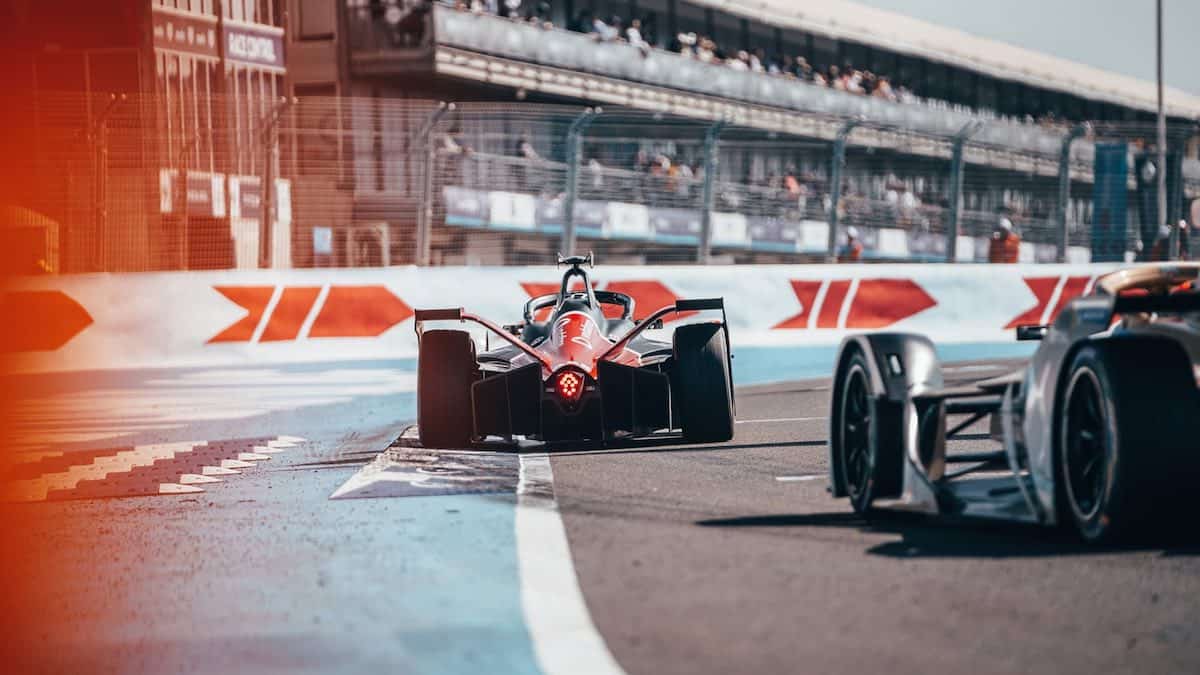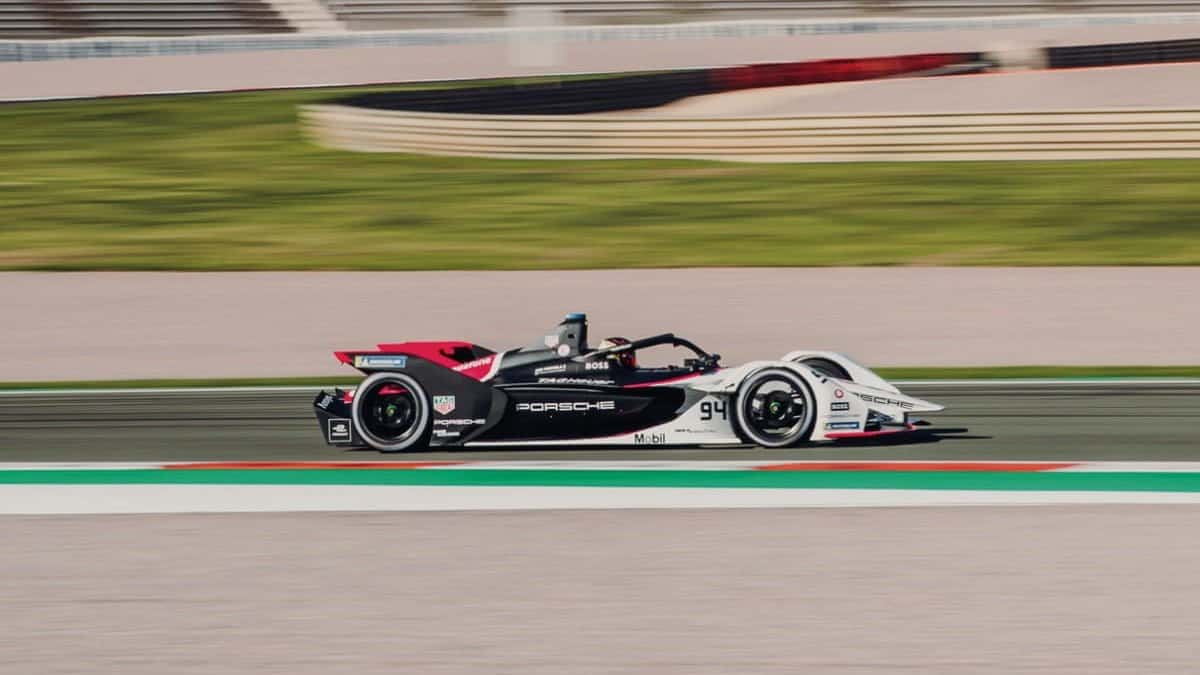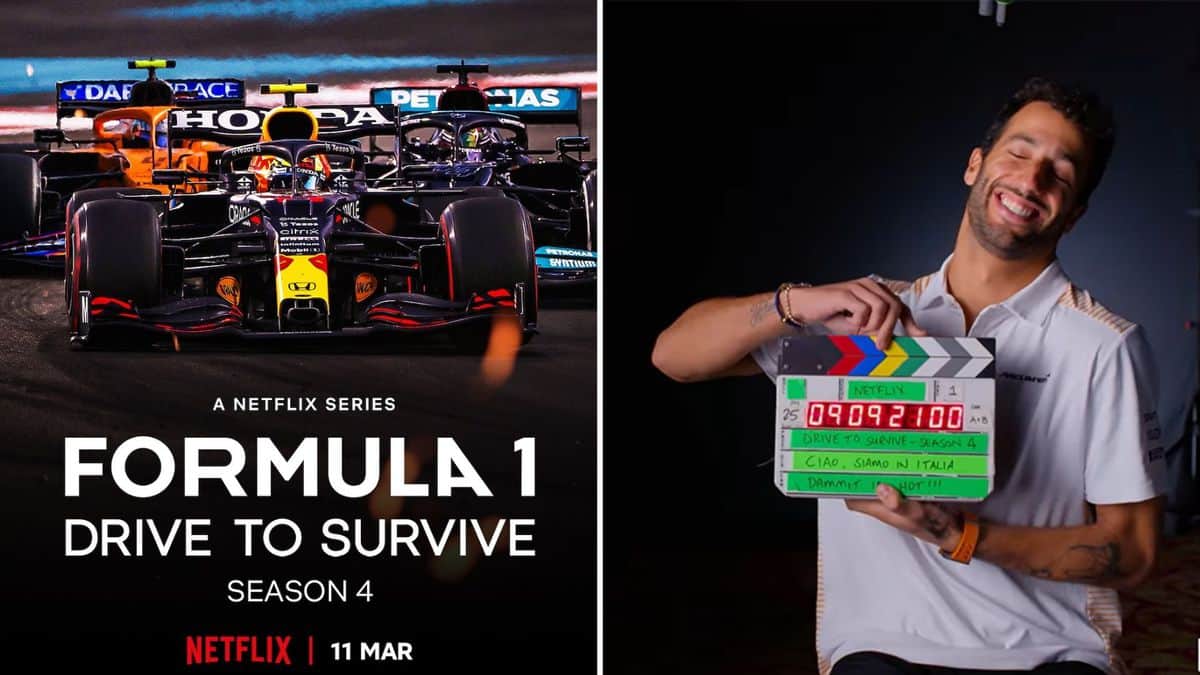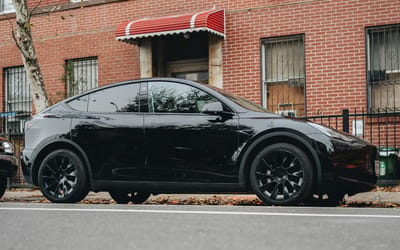The Drive to Survive effect: Porsche and Audi to join F1 in 2026
Published on May 04, 2022 at 7:01 AM (UTC+4)
by Patrick Jackson
Last updated on May 04, 2022 at 7:43 AM (UTC+4)
Edited by
Patrick Jackson
Since the success of Netflix series Drive to Survive over the past four years, the popularity of Formula 1 has only risen in the US – a key market the sport wasn’t gaining traction in.
Only set to help compound that success in such a crucial market is the announcement from Volkswagen Group CEO Herbert Diess that Porsche and Audi will be entering F1 in 2026.
For Porsche and Audi, it was a case of finally convincing VW executives that an F1 program would bring in more money than it would cost. Evidently, the numbers now work out.
READ MORE: Max Verstappen owns one of the most badass private jets in Formula 1

“Porsche has to be the sportiest car brand in the world – so Porsche has to do motorsport. And you come to the conclusion: if Porsche does motorsport, the most efficient thing is to do Formula 1. You almost have to put a check mark on that,” Diess told motorsport.com.
But Diess concedes Audi is “a much weaker brand” compared to Porsche, but the former “has the better case for Formula 1 because it has much greater potential for the brand”.
Of course, Audi has a history rooted in racing just like Porsche – however, it’s the world of rallying where it made its mark, and Le Mans endurance racing in the 2000s where it dominated more recently.
Nonetheless, with an increased spotlight on F1 in the States, the marketing opportunity for two of the world’s most desirable brands is obvious.
Just ask Aussie F1 driver Daniel Ricciardo, who recently appeared on The Daily Show with Trevor Noah ahead of the debut Miami Grand Prix, how much the sport has grown in popularity since pre-Drive to Survive times.
“The first time you were on the show, I had to explain to some people what Formula 1 is, and now, you are easily one of the biggest stars in America,” Noah noted.
“It’s grown a lot… since Drive to Survive,” Ricciardo admitted. “Every time we get to the States it’s getting more and more, and people are kinda spotting me and saying, ‘What’s up?’ and wishing me luck.”
Even Diess credits the show’s success as a factor in the decision to green-light Porsche and Audi’s entrance to the sport: “Formula 1 is developing extremely positively worldwide. The marketing that is happening there, plus Netflix, has led to Formula 1’s following growing significantly in the US.”
For manufacturers that compete in F1 – such as McLaren, Ricciardo’s current team – drivers can be important marketing assets as well, now more than ever with their elevated level of celebrity.

For fans, particularly new ones, having recognisable brands also makes the sport more accessible and understandable.
Ferrari, McLaren, Mercedes, Aston Martin, Alfa Romeo and Alpine – all current entrants – will be more recognisable names than, say, Williams to a new fan.
Combine this with all-new rules for 2026 that will require greater vehicle electrification – something which, given F1 car development time, makes this a now-or-never proposition – and it’s a no-brainer for the German giants.
Don’t wait until 2026 to get around to watching F1, though – here’s our guide to the calendar for the rest of the 2022 season, so you know when to tune in now.
WATCH:
DISCOVER SBX CARS: The global premium car auction platform powered by Supercar Blondie
A car zealot from a young age, Patrick has put his childhood spent obsessing over motoring magazines and TV shows to good use over the past six years as a journalist. Fuelled by premium octane coffee, he’s contributed to Finder, DriveTribe, WhichCar, Vehicle History and Drive Section.





